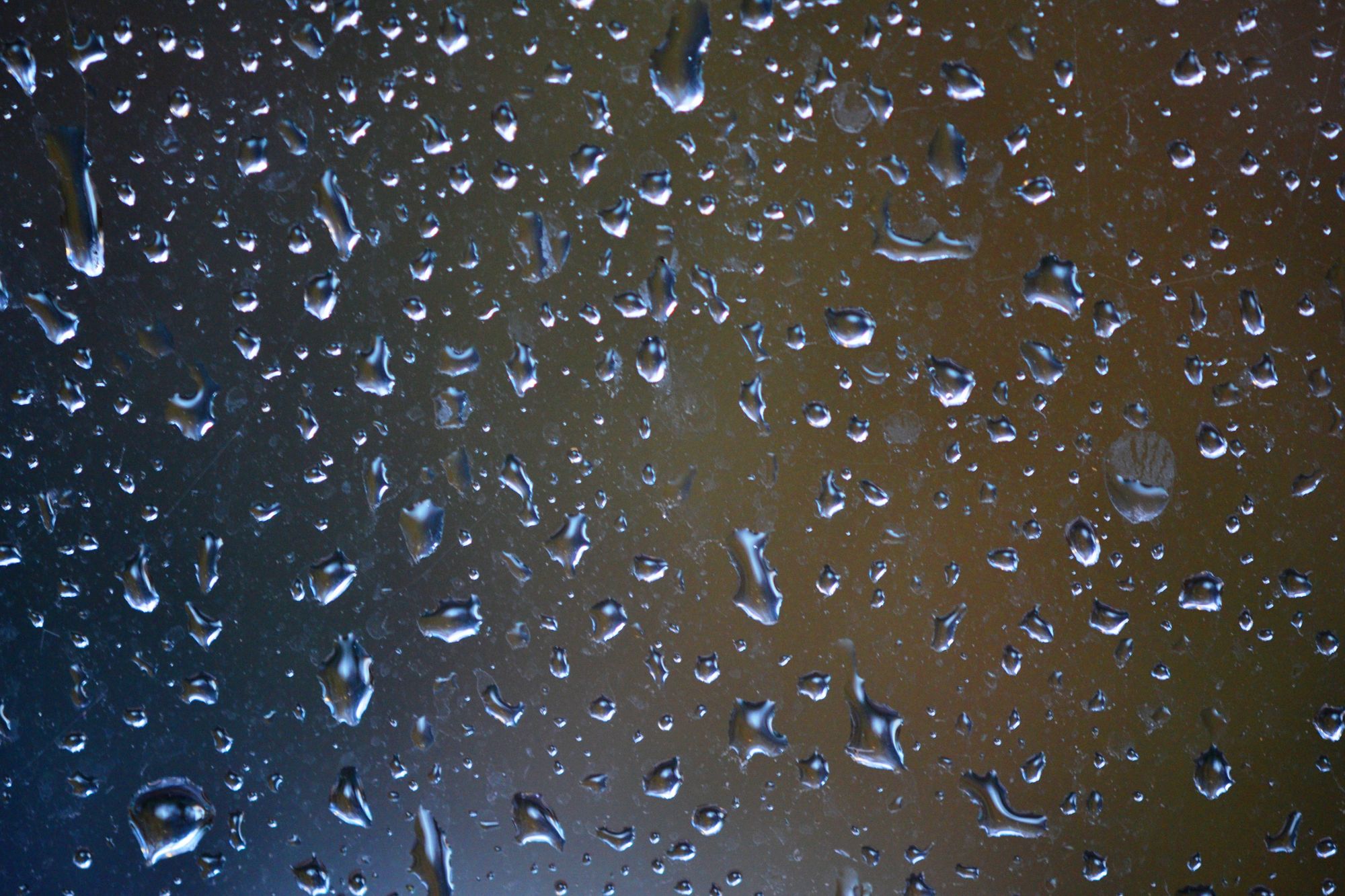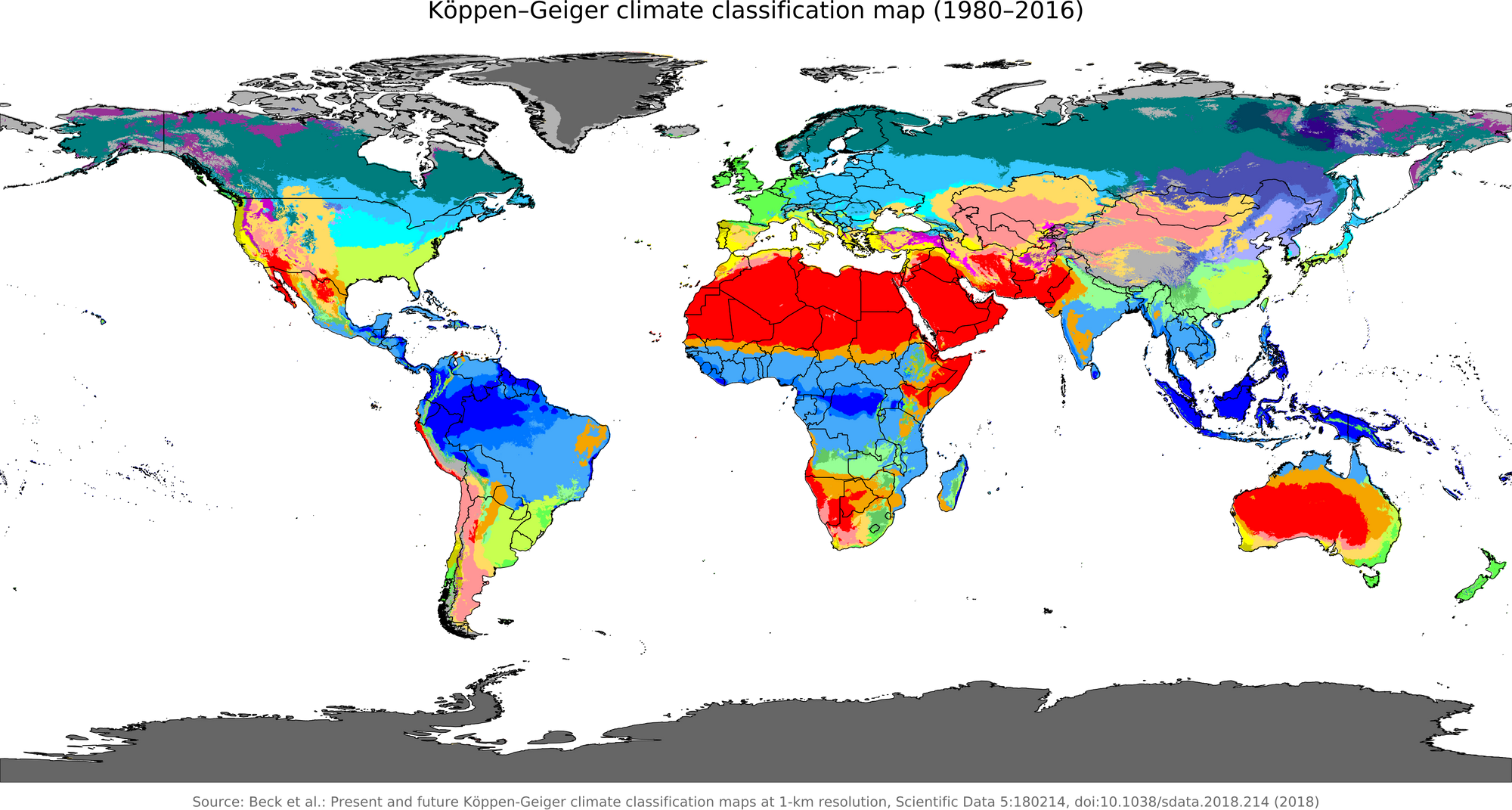
A Vital Resource from the Sky
Rain. Almost as common in Florida as sand. Our nickname is the ‘Sunshine State’, and it would seem to hold true, as we average almost 3,000 hours of sunshine annually. However, there are more than ten states with even higher averages. This is because of the incredible amount of rain that we receive here.
Florida is ranked 5th in total average precipitation (behind only Hawaii, Louisiana, Mississippi, and Alabama) with almost 55 inches a year. However, our rain is much more concentrated instead of being spread out throughout the year. When looking at rain in the summer months, Florida is number one. This disparity occurs because of our geographical location and overall climate. North and central Florida are considered to be ‘humid subtropical’ while south Florida (Miami, the Everglades, and the Keys) belongs in the tropical category. Specifically, this means that it is a non-arid region in which all twelve months have average temperatures of higher than 18ºC or 64ºF.
Most of that area, with the exception of the Atlantic coast (Miami and West Palm Beach) and a small area near Big Cypress National Preserve, are classified as tropical savanna. This climate sub-type includes highly pronounced wet and dry seasons. For south Florida, the wet season is primarily June through September (with occasional extension into May and October). During the dry season, average rainfall totals rarely get much higher than 2 or 3 inches. During the wet season, rainfall can reach double or triple those amounts. Of course, in the more northern parts of the state, the disparity is not nearly as high. It’s still rainier, on average, during the summer months, but closer to a factor of 1.5 (instead of 2 or 3).
Why is this so important? Because this rain is the lifeblood of Florida. Take a look at the Everglades, a unique series of ecosystems found nowhere else. This area is located on the 26th parallel north. If you have a map or a globe handy, go ahead and place your finger on it and trace across this line of latitude. Take a look at the other locations that your finger crosses. Anything notable? The Sahara Desert? The Arabian peninsula? Arid and semi-arid regions of Mexico and Asia? Most areas along that line don’t get a lot of rain. Take a look at the climate zone map below. Those deep red areas are hot desert.

In Florida, we’re known for our snowbirds, avian and otherwise. Those of us who live here year-round like to occasionally mock these temporary arrivals (in a good-humored way), but we also recognize that much of the Florida economy relies on tourism and conditions would be poorer without these visitors. The vast majority stay during the coolest and driest months of the year, November through March, when the temperatures are in the 60s and 70s instead of the 80s and 90s. However, the rain we receive during the summer months helps contribute to those moderating temperatures. I doubt as many people would visit Florida if it were an arid desert instead of a tropical and semi-tropical location.
Rain also fills our aquifers. Remember that limestone we’re sitting on? It’s full of holes. This is why sinkholes are an occasional problem here, but it is also an excellent storage area for rainwater. These underground reservoirs are where much of our fresh drinking water comes from. Without rain, we wouldn’t be able to replenish those sources. As is, we’re already taking out more than what goes in. Without enough rain to replenish them, our aquifers have started to become infiltrated with salt water as the ocean pours in to fill the gaps.
Everyone in Florida loves the sunny days, but the next rainy afternoon try not to dwell on the fact that you don’t want to go outside. Instead, remember how vital that rain is for us and for the many fascinating species that also live here. Some of the ones I’ve profiled so far this season, like muhly grass, are somewhat drought tolerant, but others are not as hardy. Imagine how different things would be here if we didn’t get the amount of rain we do.